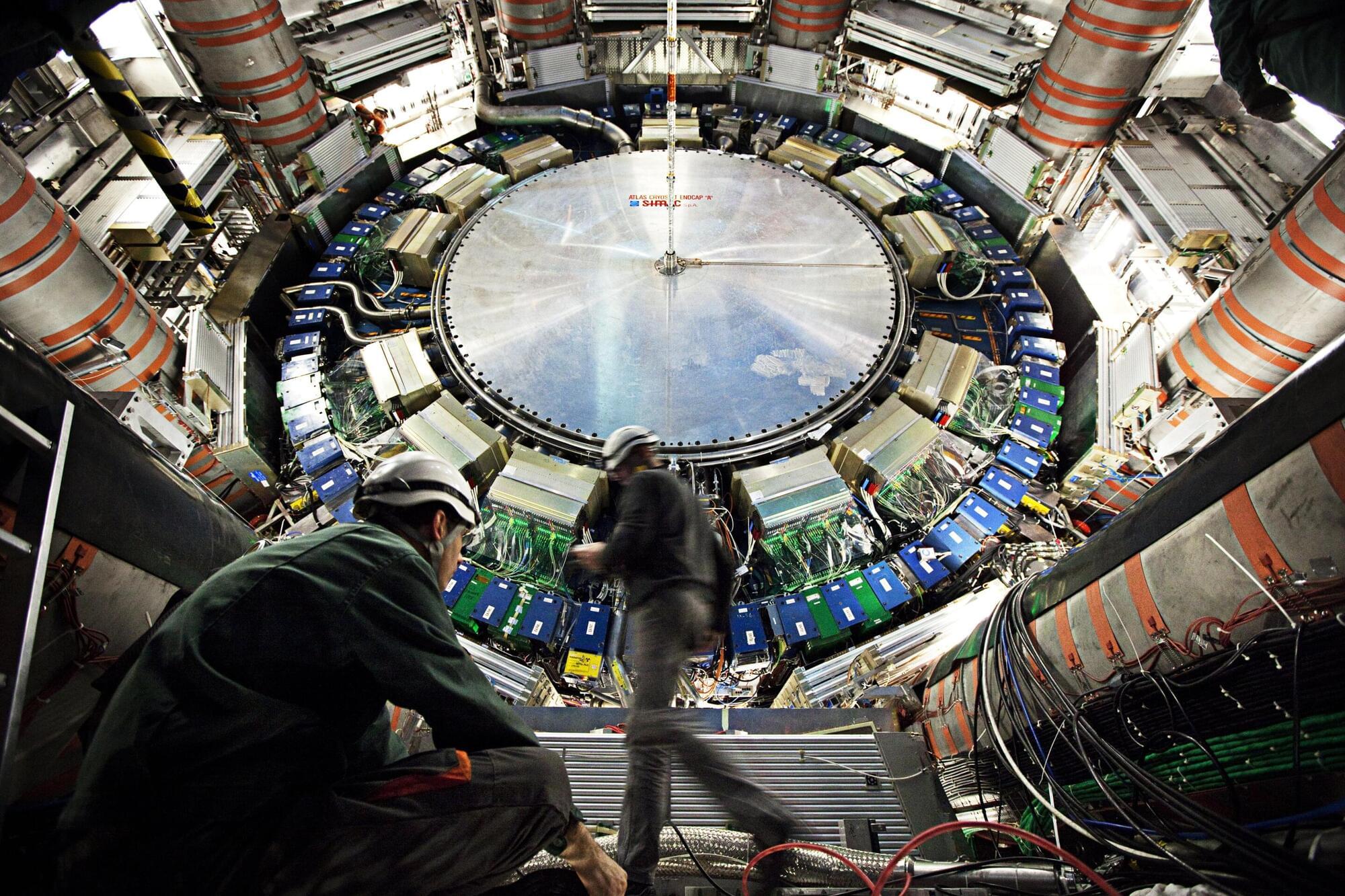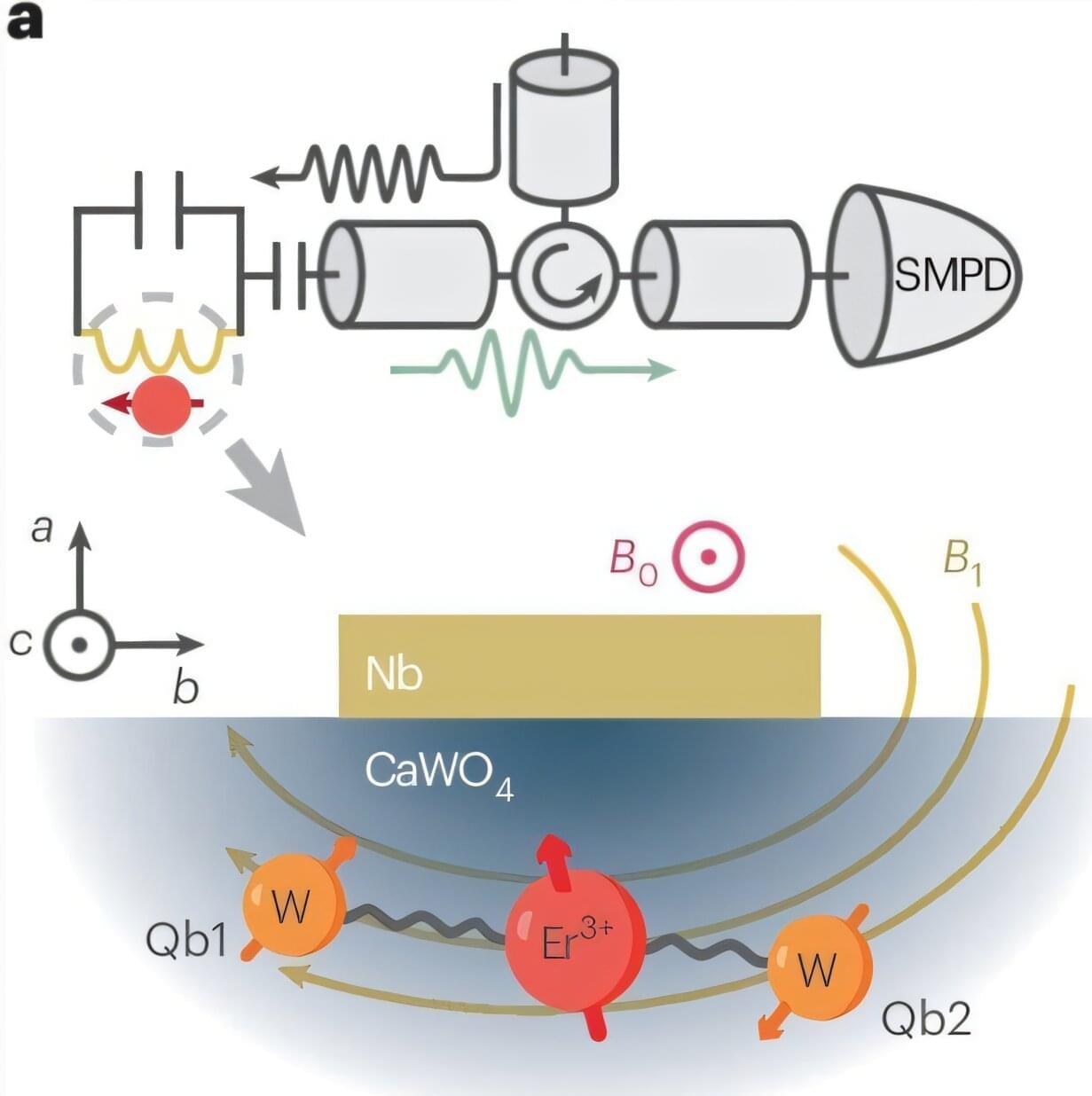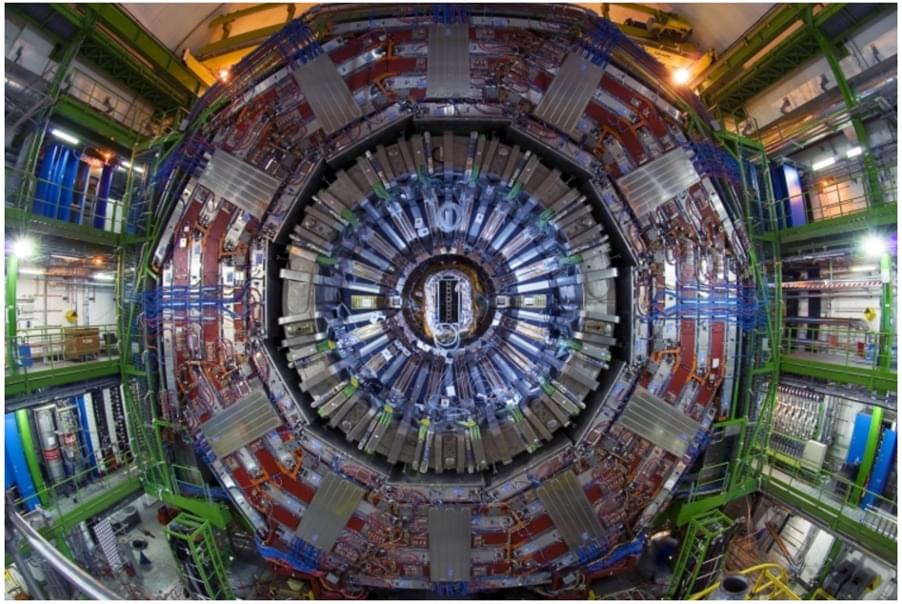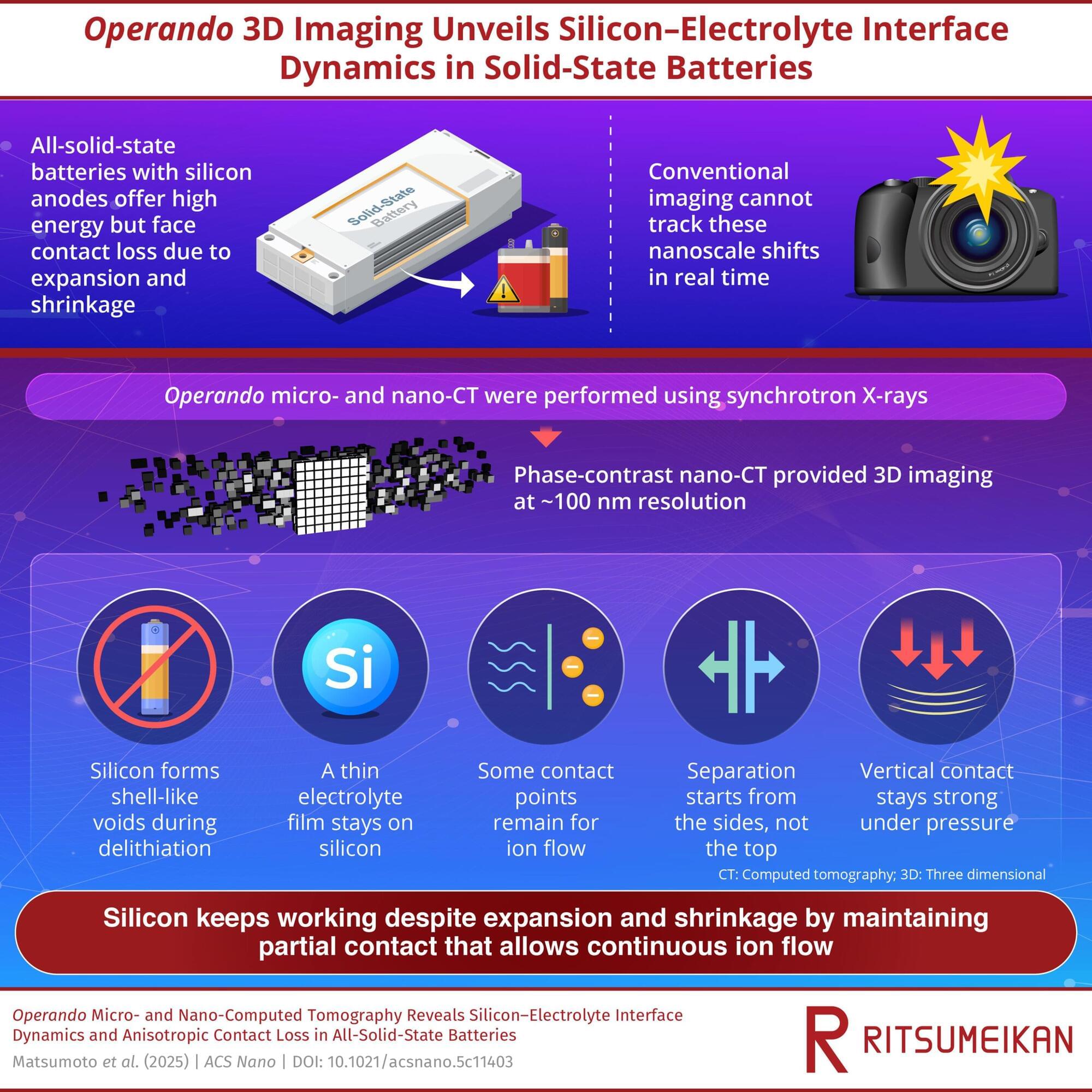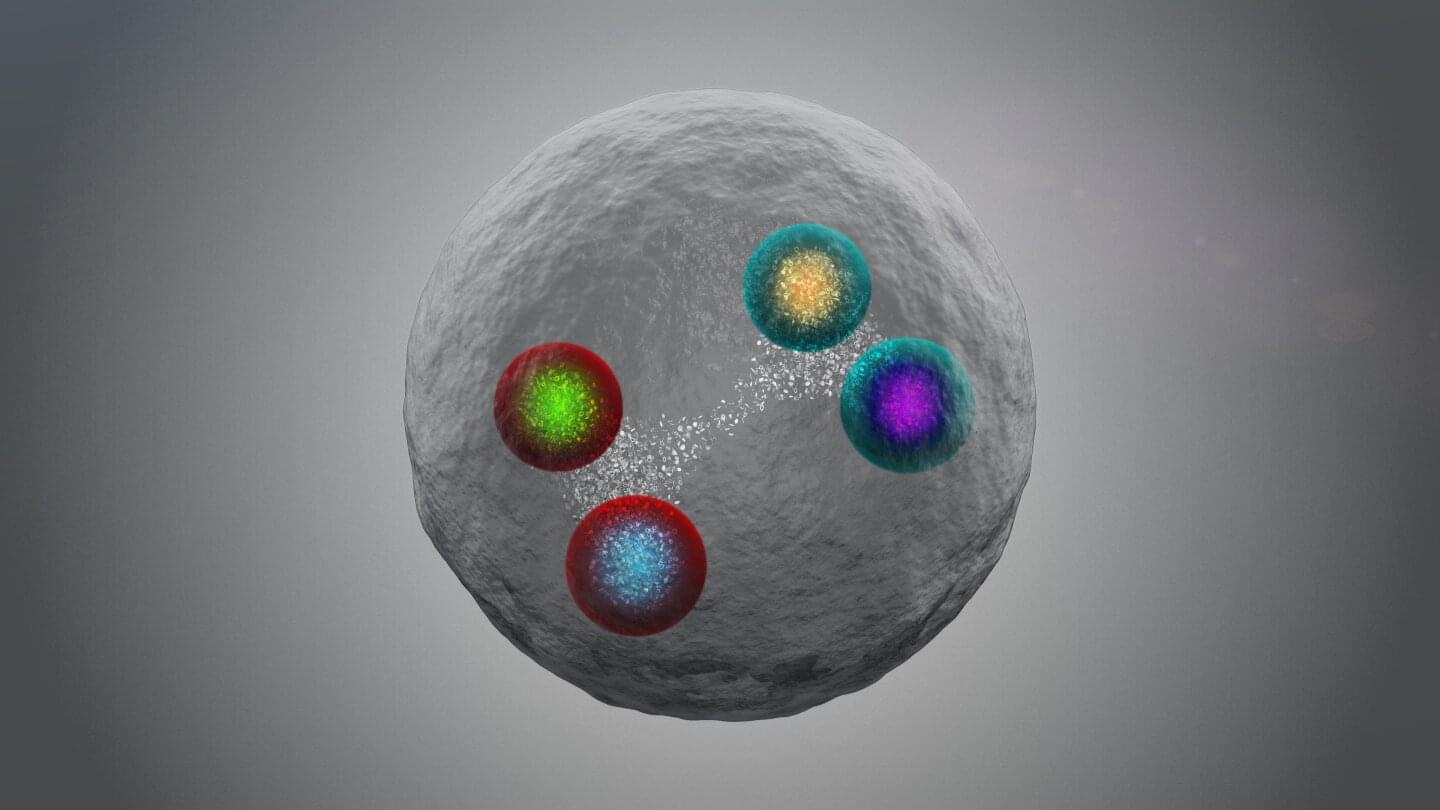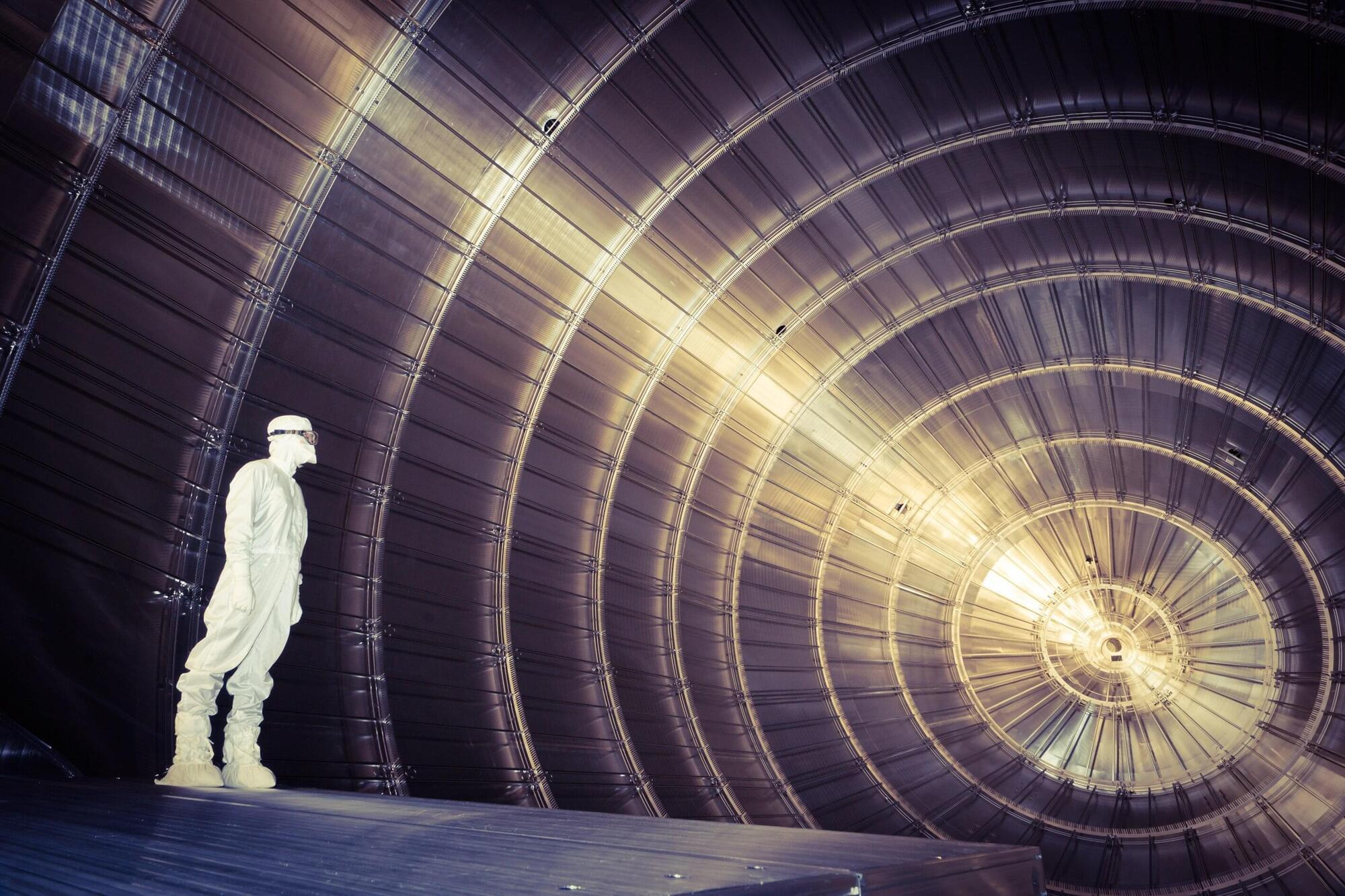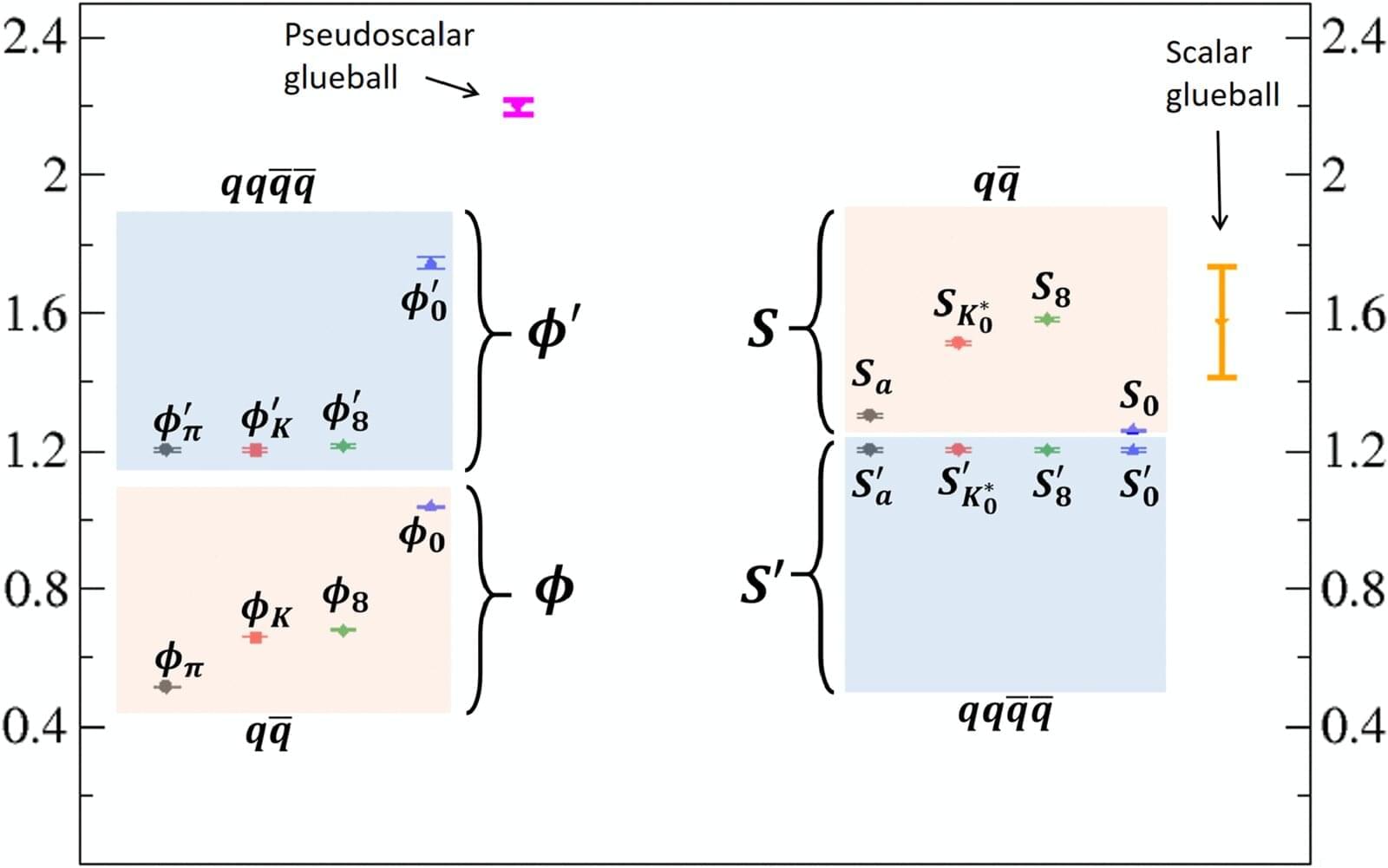A new theory for the origins of dark matter suggests that fast-moving, neutrino-like dark particles could have decoupled from Standard Model particles far earlier than previous theories had suggested.
Through new research published in Physical Review Letters, a team led by Stephen Henrich and Keith Olive at the University of Minnesota proposes that this “ultra-relativistic freeze-out” mechanism could have produced dark matter particles which are almost undetectable, but still compatible with the observed history of the universe.
Despite comprising some 85% of the universe’s total mass, dark matter has never been seen to interact with regular matter except via gravity, making its origins one of the most enduring mysteries in cosmology.

